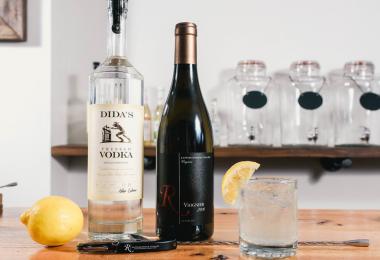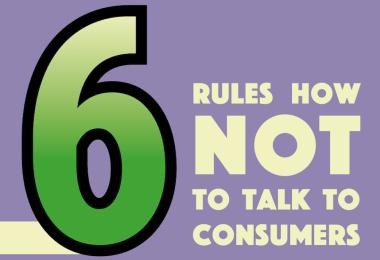Who needs $100 rosé?
Are some wines simply too expensive? Are producers who want to charge high amounts of money for a rosé being ridiculous?
Shouldn’t wine be fairly priced and affordable? Particularly in categories like rosé?
In fact, there’s a very good reason why other rosé producers should raise their prices.
First, there’s the issue of why being pink makes a wine less ‘worthy’ of a high price than red or white. I remember the fuss in Australia when Denis Horgan had the temerity to price his first 1980 Leeuwin Estate Art Series Chardonnay at double that of any comparable wine on the market. Producers of premium dry white wine met similar resistance in Italy in those days. White wine was generally perceived as being inexpensive stuff to pour from a jug and use to wash down lunch in the sun.
By the turn of the century, Krug, Dom Perignon and Laurent Perrier had all destroyed the pink-is-cheap mantra when it comes to Champagne, but despite its valiant efforts to sell its Provence wines at at the ‘high’ price of $30, Domain Ott failed to perform the same trick for still wine. For that to happen, it took Sacha Lichine’s 2006 launch of Garrus, then the most expensive rosé in the world at $100, from his newly acquired Chateau d’Esclans. Made by Patrick Leon, formerly of Mouton Rothschild, its quality stands comparison with plenty of similarly priced and similarly barrel-fermented whites
But let’s get beyond the colour of the wine and consider why any of the 80% of the population who have little or no interest in wine should ever want to spend even $50, or maybe $25 on a bottle.
The first, and simplest answer, is the same as why some people buy $10,000 handbags and $250,000 cars: because they can. If they are clever or lucky enough to enjoy an income of 20 or 30 times the average wage, why not splash some of that cash on more expensive things?
There are other reasons. In Asia, where gifting is one of the pillars of human interactivity, a $100 bottle is the obvious present to offer a business partner who has given you one that cost $70 or $80. That’s how the system works. And even if we calibrate our generosity less precisely in the West, most of us at least occasionally find ourselves buying extravagantly to make a good impression. Or to avoid making a bad one. If you are in a group of people in Los Angeles or St Tropez, all of whom are ordering pricy bottles, are you really going to be the one to break ranks?
My favourite explanation is that at least some people will buy a $100 rosé, because there’s a wine out there that costs $170 – Gerard Bertrand’s ‘world-beating’ Clos du Temple.
I’m sure Betrand wants you to buy that wine, just as Lichine would love you to give him $120 or so for a bottle of Garrus. But your doing so wouldn’t make much difference to their business as production of both is very limited. No, what they both understand is that even more expensive (EME) things help to sell less expensive ones.
There’s a name for this: It’s called ‘anchoring’ and the phenomenon was discovered by the economists Tversky and Kahneman in the early 1970s. People base decisions involving numbers on numbers they already know. If Hermes and Louis Vuitton want to sell a $10,000 handbag, they sit it next to one priced at $20,000. Real estate agents know that house hunters are more likely to buy $900,000 properties when they’ve been shown ones costing $1.2m.
The price at the upper limit makes the prices further down the scale seem reasonable. In other words, the producer who launches a very high-priced wine opens the door for other producers raise their prices. The $170 wine doesn’t have to sell in very high quantities – just by existing, it has established rosé as a category that can charge high prices.
But then it’s up to other producers to exploit the new market by either raising their own prices or launching more expensive products.
Lichine launched Garrus as the most expensive rosé in the world, at the same time as he introduced Whispering Angel – at over $20, the priciest pink wine any ‘normal’ consumer had ever seen. Bertrand also makes a lot of different rosés in Languedoc including ones that very profitably sell in huge volumes for $12-14 – twice the price wines from this region would have managed before the arrival of Garrus and the Angel.
Lichine and Betrand’s extravagantly priced rosés not only helped their own businesses, they’ve also enabled countless other producers to get more dollars for their wines. In early 2019, Provence’s newly made rosé was selling for $350/hl in bulk, which is more than four times what producers in Bordeaux could hope to get for their reds a few months later. Sadly, other producers in the latter region didn’t exploit the EME relationship as cleverly as la Baronnie did with Mouton Rothschild and Mouton Cadet. If they had, maybe the Bordelais wouldn’t once again be facing the prospect of having to uproot their vines.
Overpriced products are not the problem confronting the wine industry. The problem lies in unsustainably under-priced products selling in supermarkets for little more than soft drinks.
Who needs $100 rosé? We all do.








